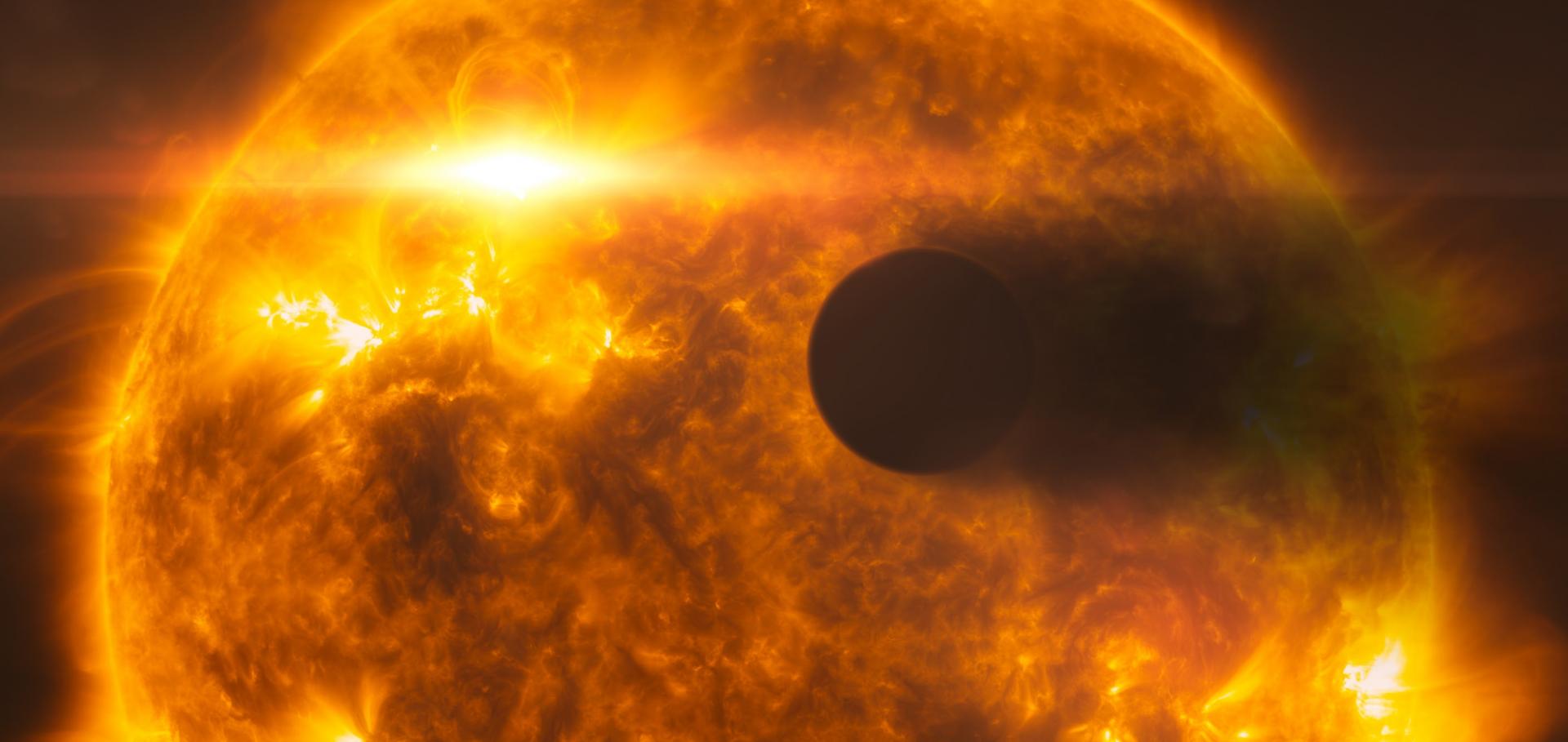2.5-D retrieval of atmospheric properties from exoplanet phase curves: Application to WASP-43b observations
Constraining the properties of HD 206893 B A combination of radial velocity, direct imaging, and astrometry data (vol 627, L9, 2019)
Abstract:
© A. Grandjean et al. 2019. The distance d was missing in the denominator of the first equation of Appendix D.2. The corrected equation is: (Formula Presented).An 11 Earth-Mass, Long-Period Sub-Neptune Orbiting a Sun-like Star
Constraining the properties of HD 206893 B. A combination of radial velocity, direct imaging, and astrometry data
Abstract:
Context. High contrast imaging enables the determination of orbital parameters for substellar companions (planets, brown dwarfs) from the observed relative astrometry and the estimation of model and age-dependent masses from their observed magnitudes or spectra. Combining astrometric positions with radial velocity gives direct constraints on the orbit and on the dynamical masses of companions. A brown dwarf was discovered with the VLT/SPHERE instrument at the Very Large Telescope (VLT) in 2017, which orbits at ∼11 au around HD 206893. Its mass was estimated between 12 and 50 MJ from evolutionary models and its photometry. However, given the significant uncertainty on the age of the system and the peculiar spectrophotometric properties of the companion, this mass is not well constrained.
Aims. We aim at constraining the orbit and dynamical mass of HD 206893 B.
Methods. We combined radial velocity data obtained with HARPS spectra and astrometric data obtained with the high contrast imaging VLT/SPHERE and VLT/NaCo instruments, with a time baseline less than three years. We then combined those data with astrometry data obtained by HIPPARCOS and Gaiawith a time baseline of 24 yr. We used a Markov chain Monte Carlo approach to estimate the orbital parameters and dynamical mass of the brown dwarf from those data.
Results. We infer a period between 21 and 33 yr and an inclination in the range 20−41° from pole-on from HD 206893 B relative astrometry. The RV data show a significant RV drift over 1.6 yr. We show that HD 206893 B cannot be the source of this observed RV drift as it would lead to a dynamical mass inconsistent with its photometry and spectra and with HIPPARCOS and Gaia data. An additional inner (semimajor axis in the range 1.4–2.6 au) and massive (∼15 MJ) companion is needed to explain the RV drift, which is compatible with the available astrometric data of the star, as well as with the VLT/SPHERE and VLT/NaCo nondetection.


